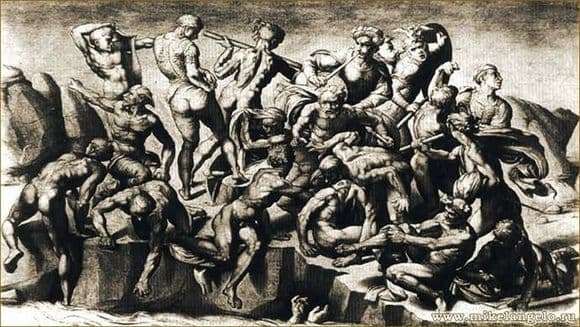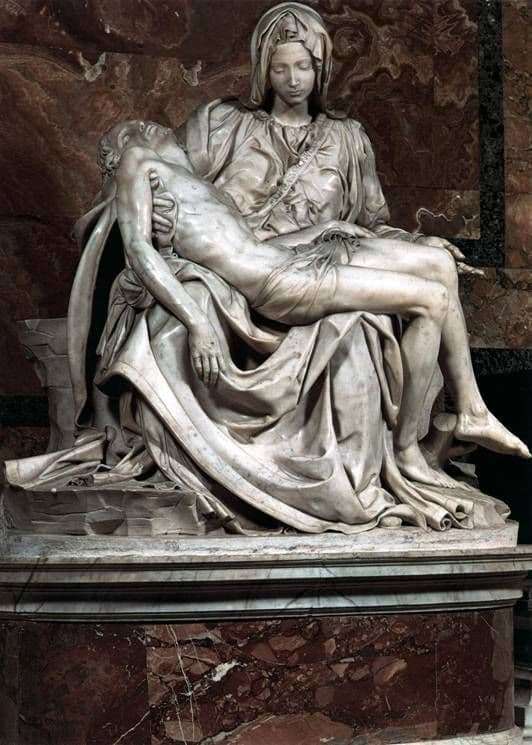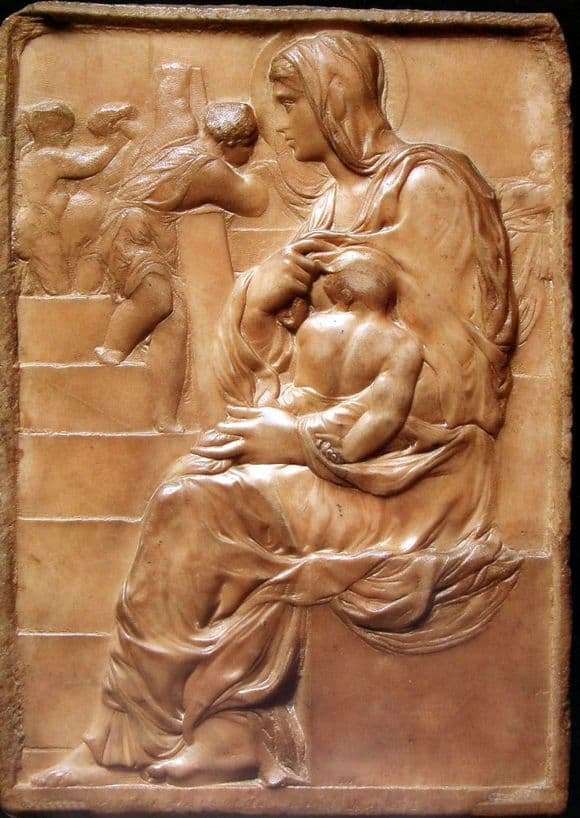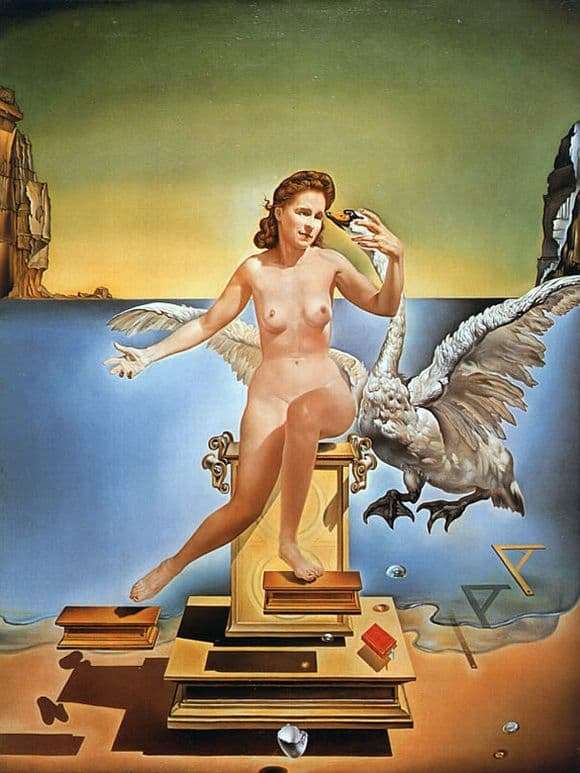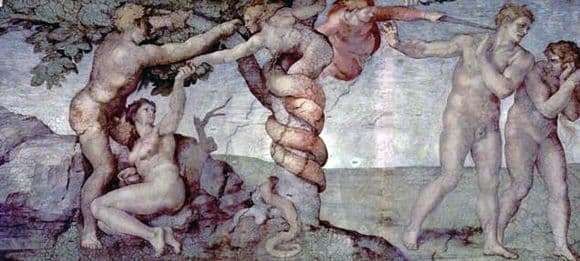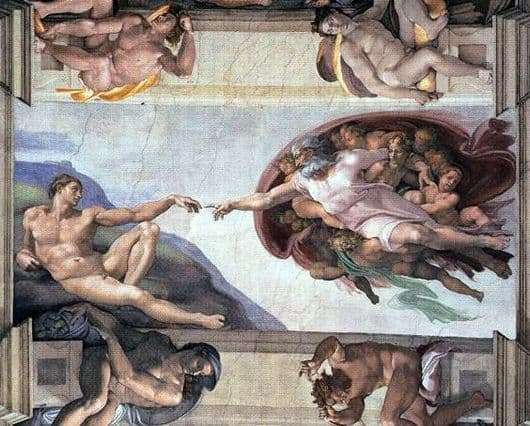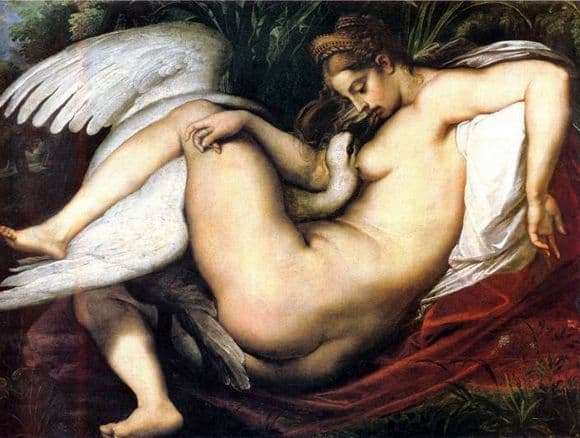
The story of the creation of the painting “Leda and the Swan” is shrouded in mystery. The myth of the girl Leda and the swan, which took the form of Zeus. Once Zeus was attracted to a married girl, but the passion so captured him that he decided to take the form of a swan and take possession of it. This legend ends with Leda giving birth to a baby from an egg.
It is interesting that scientists allegedly found a shell, from which, according to legend, a daughter of a swan and Leda was born. This interesting story has inspired many talented artists, writers and sculptors. Paintings by Da Vinci, Rubens, even Russian artists such as Kalmakov, Voronkov were created. Michelangelo did not stand aside.
Around 1530, he painted a picture of “Leda and the Swan” commissioned by a famous Duke. Michelangelo portrayed a girl and a swan on a velvet red sofa. According to his version, Leda is a blonde girl, with beautiful body shapes. On her head is a small ornament, similar to a crown. On Leda lies, Zeus-swan pressed against it, of snow-white color.
Contrasting colors such as white and red intertwine beautifully. We see Leda’s slightly tense posture, as well as the swan wings spread out. The contemporaries of the artist immediately liked the picture; the most distinguished people of Italy spoke positively about it. From the work of Michelangelo was made several copies, as well as sculptures.
Copies have survived to this day, unfortunately, the original has not been preserved. The work of Michelangelo is often compared with the same work by other artists. And all agree on one thing, Michelangelo brought his original view of this myth to art. Although the original has not reached our days, it is possible to see copies and sketches in several museums around the world. So,
Description of the painting by Michelangelo Buanarroti “Leda and the Swan”

